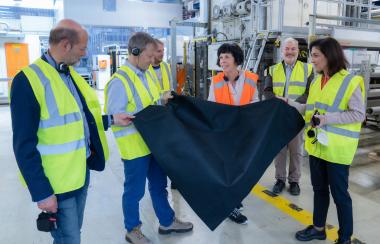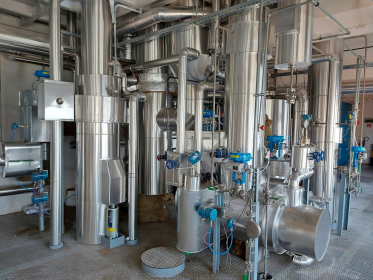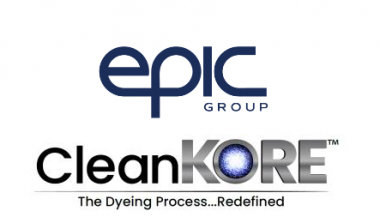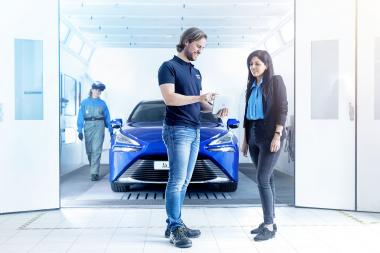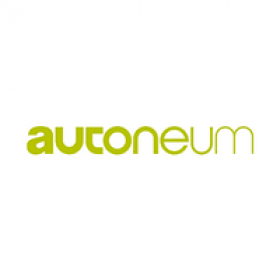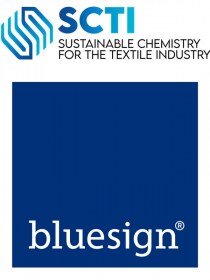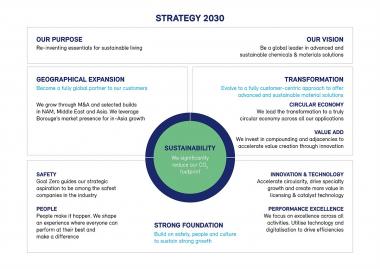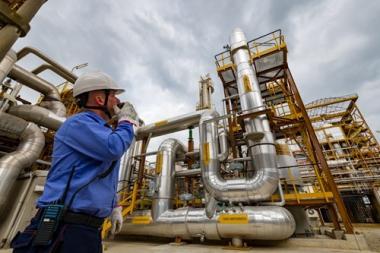BRÜCKNER: New finishing line for British company HEATHCOAT FABRICS
HEATHCOAT FABRICS partnered again with BRÜCKNER Textile Technologies and their sales partner ADVANCED DYEING SOLUTIONS to install a finishing line for industrial textiles. HEATHCOAT FABRICS specializes in the production of technical textiles in the fields of texturising, weaving and warp knitting as well as dyeing and finishing. The prroducts are manufactured for use in the automotive, healthcare, defence, and aerospace industries
Mrs. Regina Brückner, CEO and owner of the BRÜCKNER Group stated: "To meet the complex re-quirements of HEATHCOAT is not easy because of the great variety of technical textiles produced. Our line has to finish light as well as heavy articles, so the design, control and the whole line layout have to be flexible, functional and still easy to operate. Fortunately, the team at HEATHCOAT FABRICS is very innovative and open-minded, and together we worked hard to develop the right technology and han-dling. We are very happy that we could convince this customer, whom we appreciate very much, with the productivity of our line and of course with our technological know-how."
The direct gas heated BRÜCKNER POWER-FRAME stenter with its staggered heating source arrangement every half zone provides best available temperature consistency across the length and the width of the stenter. The unit is equipped with a low-lub, horizontally returning combined pin / clip chain and several fabric paths, especially designed for the different fabrics being processed. Together with HEATHCOAT FABRICS technologists, the BRÜCKNER design team developed a special delivery end of the stenter with different edge trimming and slitting possibilities. Depending on the kind of products, the fabrics can be batched on large diameter A-frames, wound on cardboard tubes or plaited into trolleys.
Brückner HEATHCOAT FABRICS weaving warp knitting machinery Automotive Healthcare aerospace
Brückner Trockentechnik GmbH & Co. KG









